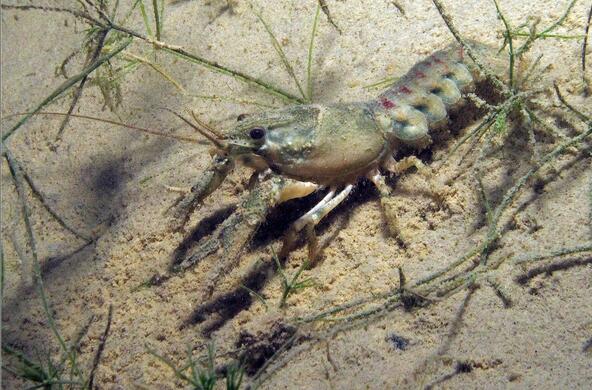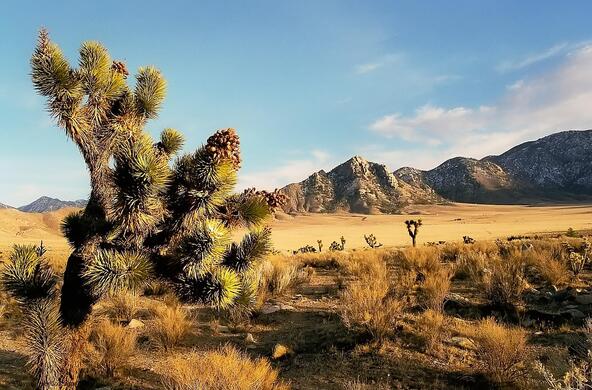A local resident here in Maine asked what she should do for an injured hummingbird. After a long winter and sluggish spring, we relish the return of hummingbirds. And, considering that during its northward migration it had probably covered more than 3000 miles, including a 500-mile non-stop flight across the Gulf of Mexico, it is sad to see a bird get injured just when it has arrived at its summer home.
Of course, on Facebook, the responses were varied—from recommendations of the best local bird rehab centers to those who thought the bird might be best served with garlic and butter. Personally, we’ve had some luck nursing window-strike birds back to health by putting them in a darkened box for an hour or so, while they regain their senses. Most of the time, however, it is clear that the best thing to do for seemingly injured or abandoned bird is to leave it alone in nature.
Concern for a single bird, however pathetic after its long journey, is likely misplaced in view of the plummeting populations of songbirds across North America, where their habitat is diminished by sprawling land development, roads, and cultivated fields. For example, a recent survey by the American Bird Conservancy documents a 50% decline in the number of Wood Thrush in the eastern United States in the last 25 years. Loss of habitat both here and in its wintering grounds is a major component. Predation by free-roaming cats in suburbanized landscapes doesn’t help, and inhibited egg shell development by a loss of soil calcium to acid rain is also linked to a decline in birds. The plight of the Wood Thrush parallels that of many other species in North America.
Losses of birds affect more than the ranks of amateur birdwatchers. Several recent studies have documented higher rates of insect attack on trees when birds are removed from forests experimentally. Losses of crops to insects are lower when natural habitat is allowed to persist near agricultural areas that harbor birds. When we lose birds, we are witnessing the continued unraveling of nature that will leave behind a less healthy and impoverished world for the future.
We can focus on a single bird, but those who hope that their grandchildren will enjoy the return of hummingbirds, the song of a wood thrush in the evening, and the flash of a scarlet tanager in the forest canopy would do best to support organizations and government actions that preserve habitat. Ducks Unlimited, Nature Conservancy, and a plethora of local land trusts all use funds to acquire important habitat. Speak out when a member of Congress argues that the National Wildlife Refuge system should not be enlarged because it takes land away from development or forest harvest.
Habitat Matters and wildlife and nature are good for all of us.
References
Gardner, T.J., C.R. Eagan, and R.I. Bertin. 2017. Forest bird populations in Massachusetts: Breeding habitat loss and other influences. Northeastern Naturalist 24: 267-288.
Hames, R.S. et al. 2002. Adverse effects of acid rain on the distribution of the Wood Thrush, (Hylocichla mustelina) in North America. Proceedings of the National Academy of Sciences 99: 1`1235-11240.
Mantyla, E., T. Klemola, and T. Laaksonen. 2011. Birds help plants: a meta-analysis of top-down trophic cascades caused by avian predators. Oecologia 165: 143-151.
Runge, C.A., et al. 2015. Protected areas and global conservation of migratory birds. Science 350: 1255-1258.
Schipper, A.M., et al. 2016. Contrasting changes in the abundance and diversity of North American bird assemblages from 1971 to 2010. Global Change Biology 22: 3948-3959.






